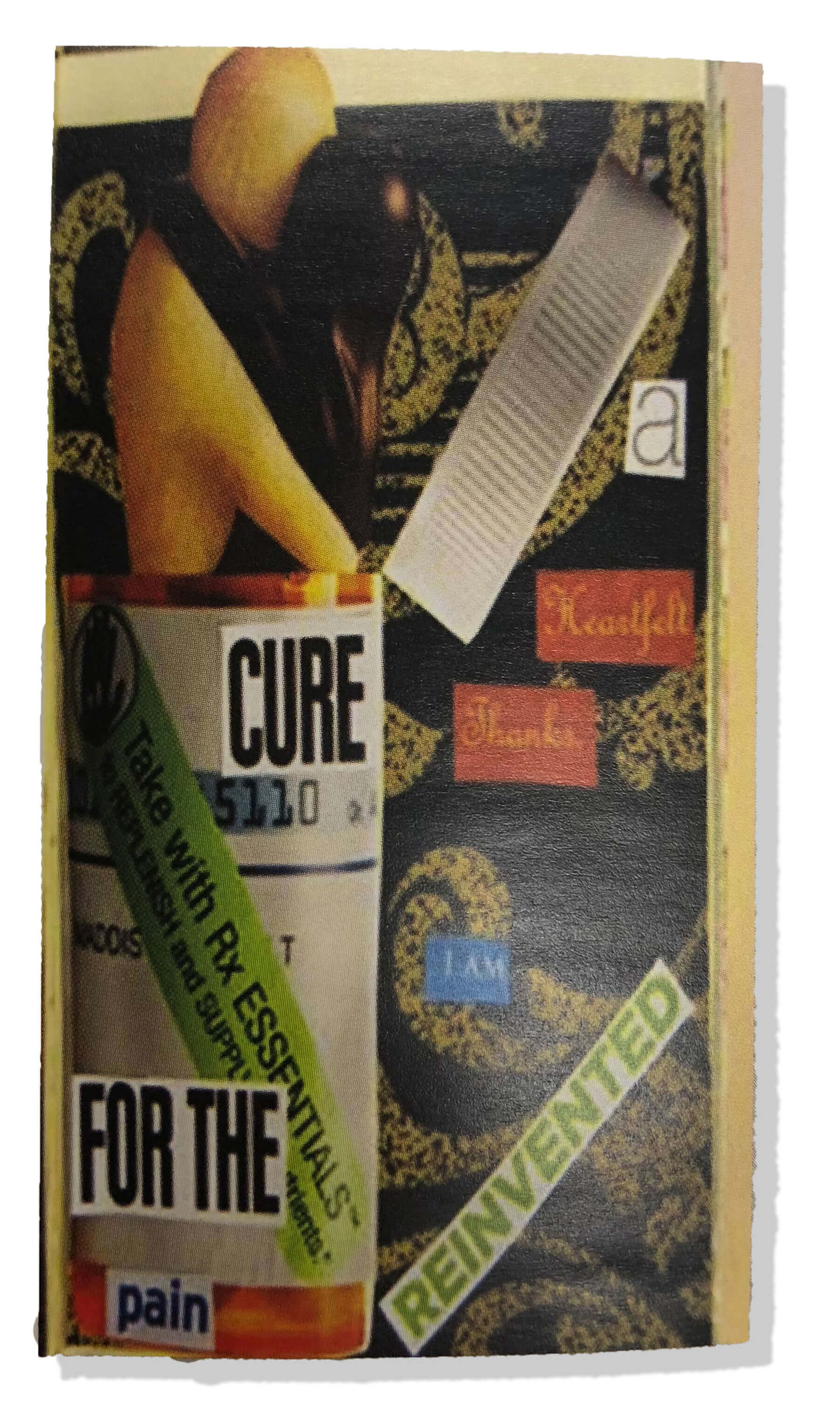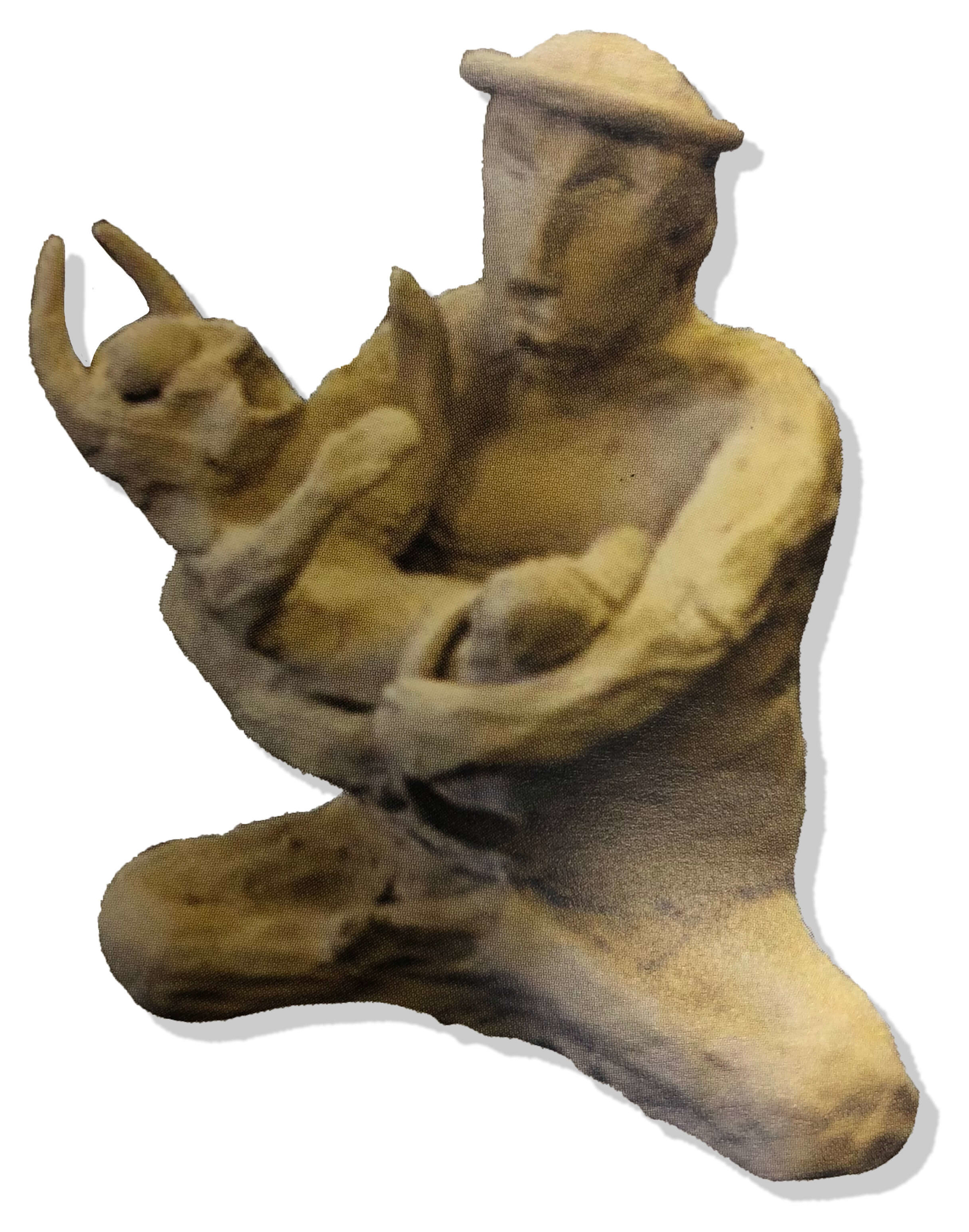
Rebecca Sledge Johnson Clinical Coordinator and Art Therapist
Art therapy is a growing experiential therapy used by the Traditional Men, Women, Young Men, and Extended Care programs at Cumberland Heights. It’s offered through weekly groups as well as to individual patients referred by their primary counselors.
Art therapy allows patients a non-confrontational mode of expression and communication which fosters self-discovery, internalization of core beliefs and improved self-esteem and identity exploration, while also supporting and enhancing 12-Step work. At Cumberland Heights we’re fortunate to have access to a variety of media for the patients to take risks and play with – including painting, drawing and collage, as well as repurposed and “trashed” materials which can be used to create something new – something out of “junk.”
No artistic skill, background or even desire is required for art therapy. All that’s asked is a patient remains open to the process and keep criticism of self and others at bay. This is a huge obstacle for many who’ve been told by others they aren’t creative or aren’t good at creating art – and have ultimately internalized a belief that art is not a mode of expression they’re capable of utilizing.
I have many patients who come through and have experienced some form of “art trauma” and find it very threatening to do something creative outside of their comfort zone. It’s incredibly rewarding to witness these individuals step up with courage to allow themselves to be vulnerable.
There are many things I love about art therapy; namely, there is tangible evidence of a patient’s process. There’s proof of how they’re feeling or thinking in the moment of creation. Art-making is inherently self-esteem boosting and allows patients an opportunity to get “out of their heads.” They begin to make sense of what seems out of control, especially when it’s difficult to find the words to describe or identify what they’re experiencing.
Success Stories
 I worked with one young woman who entered treatment as the victim of a violent assault. Through art therapy, she was eventually able to tell her story using an artistically altered book as the method for her narrative work. She already had a lot of mature coping skills in place and had done some amazing work in boundary setting and self-care while in treatment.
I worked with one young woman who entered treatment as the victim of a violent assault. Through art therapy, she was eventually able to tell her story using an artistically altered book as the method for her narrative work. She already had a lot of mature coping skills in place and had done some amazing work in boundary setting and self-care while in treatment.
After an art-therapy assessment, I decided she had the ability to self-structure. Her work showed she was very intelligent, insightful and expressive, but also revealed a struggle with unhealthy relationships and feelings of hopelessness and worthlessness. I asked her to create an altered book using an old hard-backed library book and mixed media. I gave her no directive beyond this in hopes this freedom would allow her to tell her story. By the end of this book, she showed her attack and trauma, and asked me to join her in her primary group so she could share her story using her book as the guide to show the story she was unable to tell.
The young woman began a new altered book before leaving treatment; the first page was full of messages of self-empowerment. It was inspirational to see her find her voice by taking away the power of her traumatic experience through externalization and storytelling. She no longer carried the burden of her shame and fear alone. Through art therapy, she reclaimed her life and found courage and inspiration from within.
 Art therapy is powerful in a group setting as well, allowing peers to share themselves at a deeper level and demonstrate trust and willingness in the process.
Art therapy is powerful in a group setting as well, allowing peers to share themselves at a deeper level and demonstrate trust and willingness in the process.
I worked with an adult male patient who admitted he felt art therapy was the least helpful group for his recovery. After he skipped group, I gave him an assignment to explore how this avoidance was indicative of old patterns or defenses, encouraging him to think about what was holding him in these well-worn patterns of addiction.
From this challenge, he created a sculpture representing his long-term struggle with true acceptance in his life, and acknowledging for there to be a higher power, darkness also has to exist. He connected this to an understanding he had to find balance in his life and work in order to accept that which he cannot change, so he would be empowered in his recovery. His presentation changed completely and his work demonstrated a catharsis, a shift in breaking through his defenses and finally being authentic.
These are just a couple of examples of the powerful work I have been fortunate enough to witness in art therapy. I truly believe in its value as part of addiction treatment. I continue to be blown away by the power of the creative process in self-discovery and, most importantly, self-healing. I am eternally grateful to Cumberland Heights and to the people who have passed through these doors for the healing and growth I receive daily.










